deepeye.hu
Astronomical Drawings of Peter Kiss
Astronomical Drawings of Peter Kiss




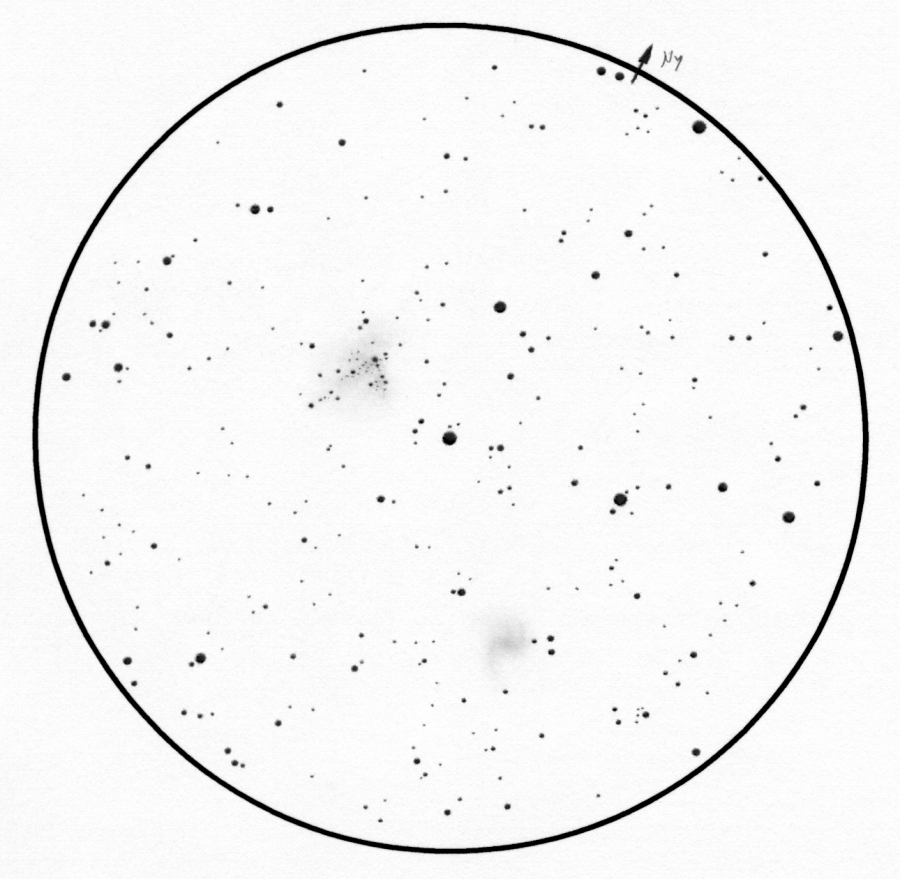
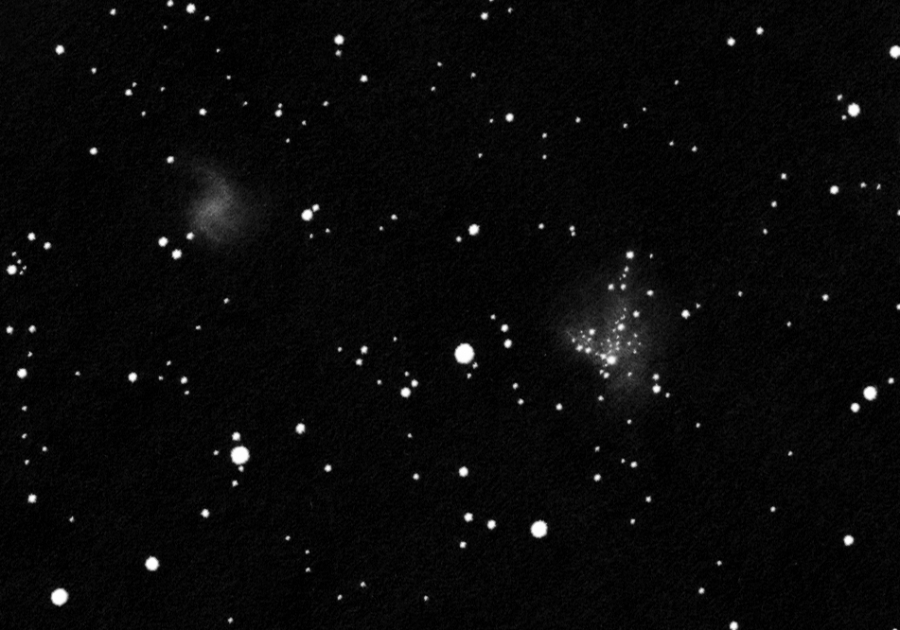
I had planned to draw the famous open cluster pair on the border of Cygnus and Cepheus long since. So far the project always failed because I didn't have the right field of view. The enlargement was either too small and the objects disappeared in the field detailless, or the enlargement was too big and they didn't fit in. I think the enlargement of 40x with a 1.8° field gives the most aesthetic sight of this apparent pair.
The open cluster, NGC 6939 is sort of dissolved. About a dozen brighter stars and many fainterstars can be seen in it. And some nebulosity is left there as well because of the fainter stars but not much. The cluster is not very bright but it's not faint at all.
The galaxy, NGC 6946 is somewhat fainter than it's apparent neighbor but only byí a little. The galaxy is called Fireworks Galaxy because it was home to numerous supernovae in the XX. and XXI. century. The system seems to be very diffuse in the small telescope. By the end of the third night of the astronomical meeting / camp of the Hungarian Astronomical Association in Tarján I could see three spiral arms in the galaxy. I was cheating a little bit because we took a look at the galaxy with Bea Aranyi's 8" Dobsonian and the details were much more obvious. So I knew where to look for the arms in my little telescope. The longer arm starting towards SW is an easier sight. The two shorter arms heading towards NW are very uncertain. The outer parts on the NW side are perhaps a little inhomogenoius. The galaxy is a much easier sight using a larger telescope. But in that case the twingling 1.8° Milky-Way field is lost.
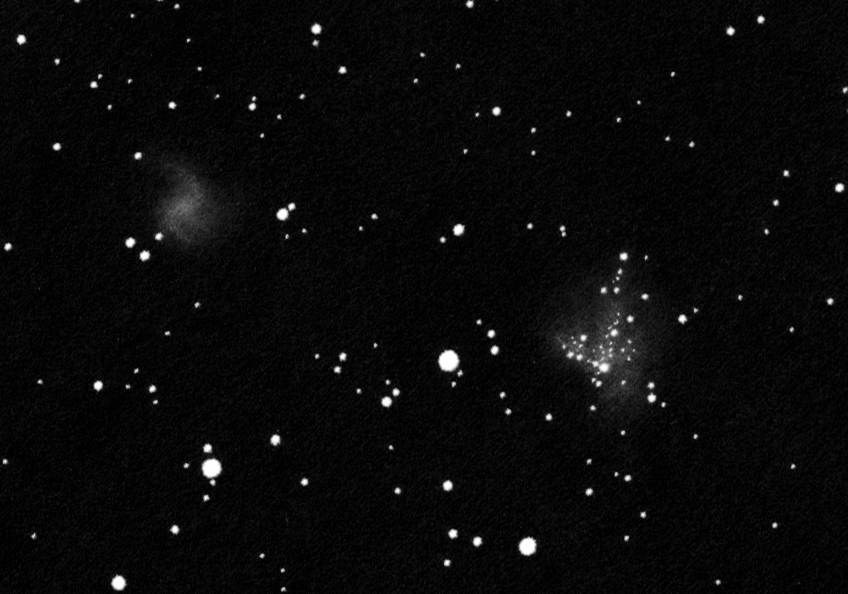
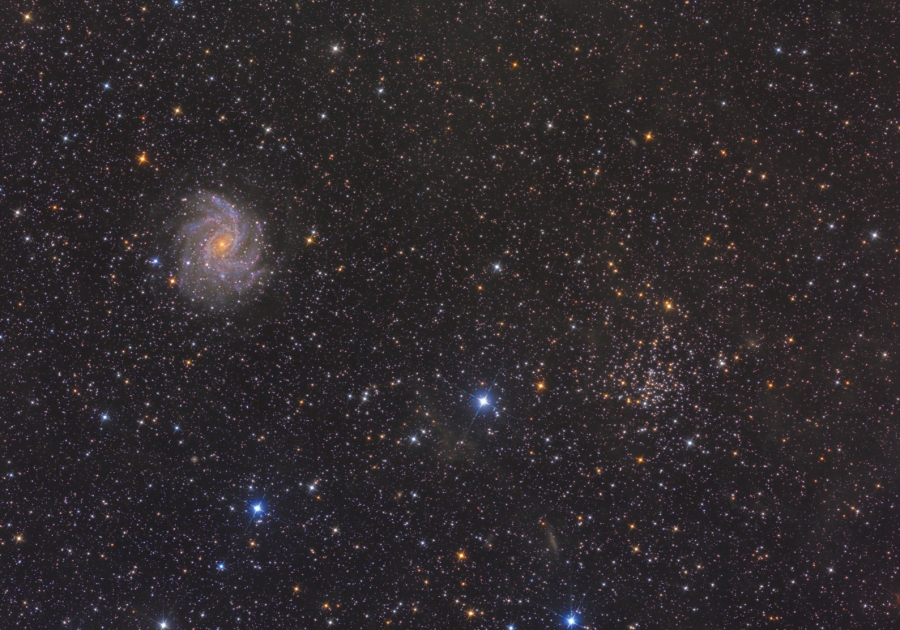
The photo on the left, courtesy of Iván Éder was made using a 30 cm astrograph. Iván's original photograph has been cropped and my inverted drawing rotated so that the photo and the drawing show a similar area of the sky
The inaccuracies of the drawing can easily be seen by comparing the stars. By taking a look at the galaxy it can be seen that the arm that was easier to see (top on the left images) is indeed the most prominent in the photograph. This strong arm was the reason for Halton C. Arp to include the galaxy in his catalogue of peculiar galaxies with the number Arp 29 ("spiral with one heavy arm"). One of the fainter arms in the drawing (the outer one) was probably at least partially visible because of the foreground star superimposed on it. This arm also hosts a bright star forming region which I didn't see.
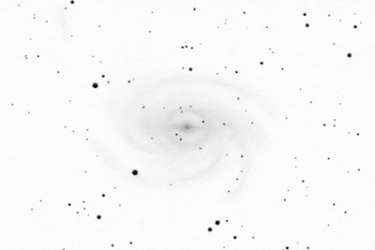
Pavo galaxy
The grand spiral galaxy of Pavo
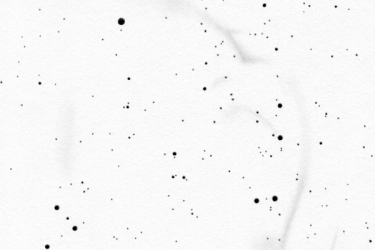
Panorama drawing
Huge and faint supernova remnant in the southern sky
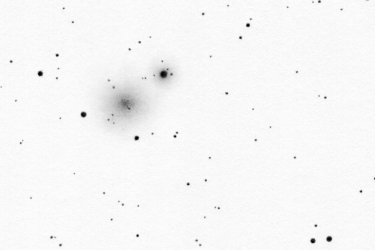
Centaurus globular cluster
The second globular in Centaurus
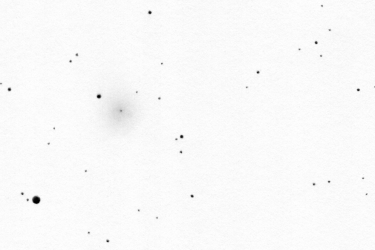
Apus globular cluster
Globular cluster close to the Southern celestial pole
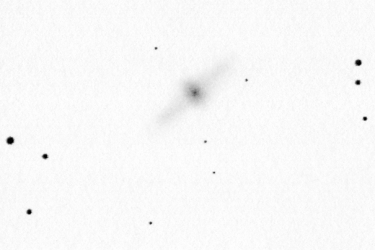
Centaurus galaxy
Polar ring galaxy
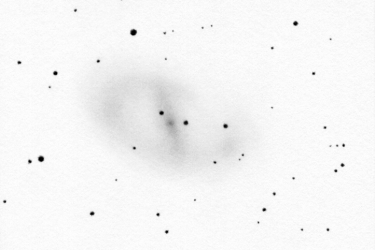
Ara galaxy
Barred spiral galaxy in the thick of the Milky Way